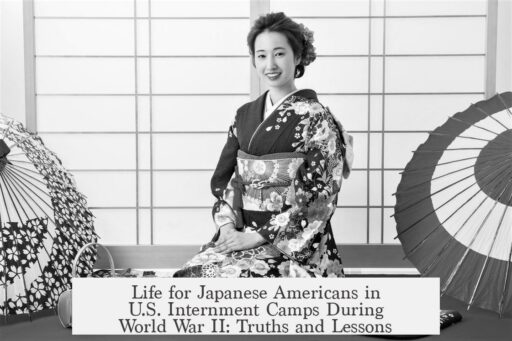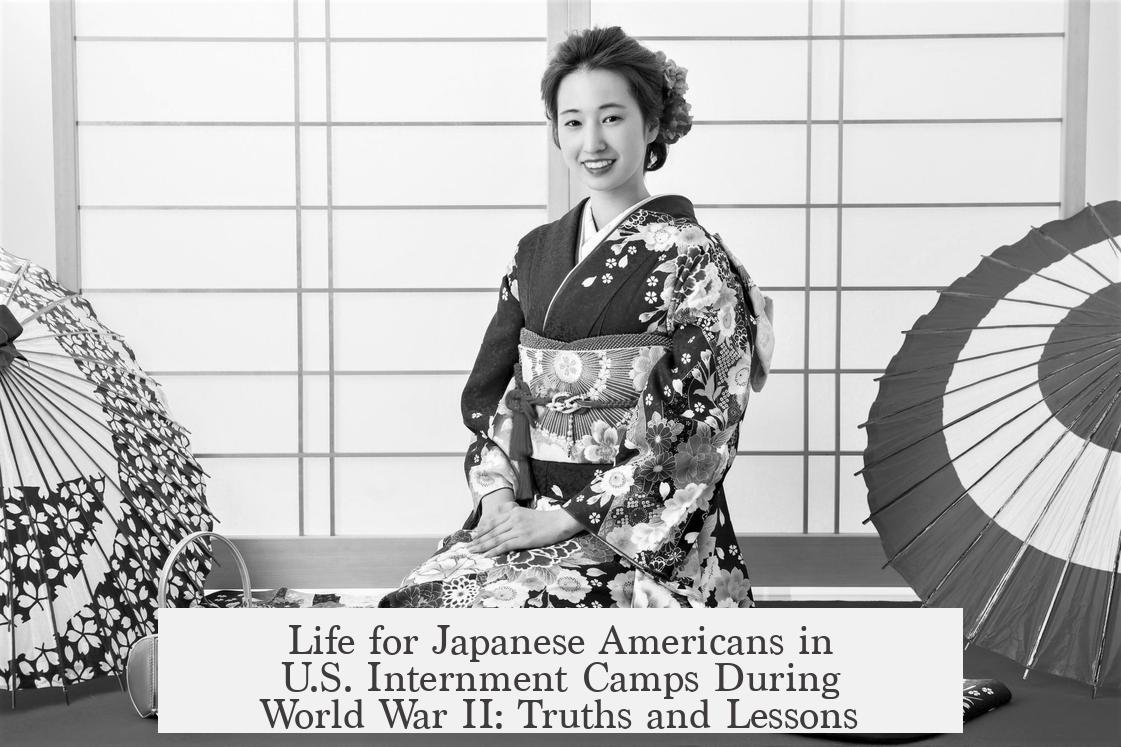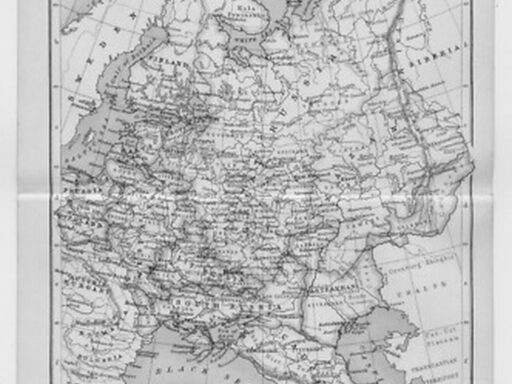Life for Japanese Americans in U.S. internment camps during World War II involved forced imprisonment, loss of freedom, and property confiscation, although the conditions and purpose differed significantly from Nazi concentration camps.
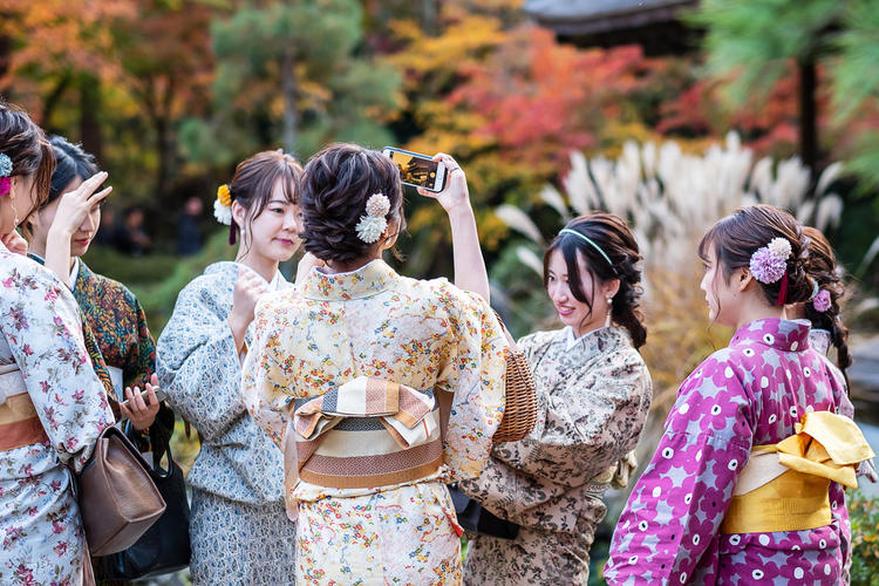
Japanese Americans faced removal from their homes and communities under Executive Order 9066. Approximately 120,000 people, mostly U.S. citizens or legal residents, were forcibly relocated into internment camps. These camps functioned as prisons, severely restricting movement and personal freedoms. The government’s intent was not extermination or slave labor, but indefinite detention based on racial suspicion during wartime.
The camps were often located in remote, harsh environments. Internees lived in hastily built barracks with minimal privacy. Families shared small, cramped spaces. Facilities lacked adequate insulation and comfort. Despite these challenges, there were schools, hospitals, and communal activities within the camps.
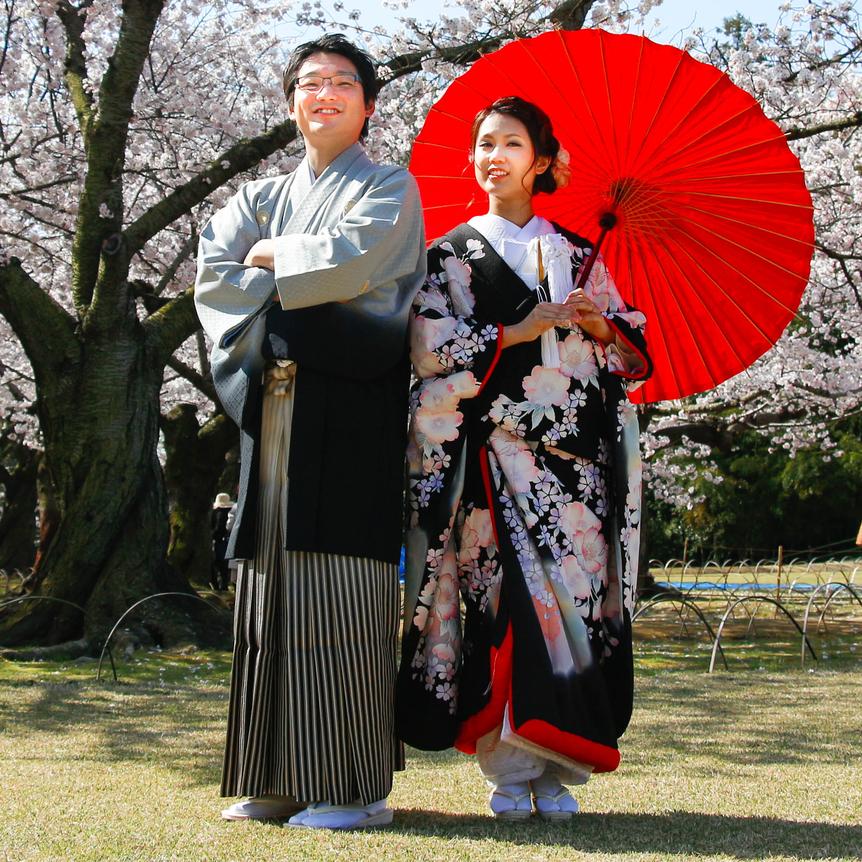
- Freedom was stripped: internees required passes to leave camps, and guards frequently monitored daily activities.
- Property loss was widespread: many internees had to sell or abandon homes, businesses, and possessions under duress.
- The government offered little or no compensation for seized assets during or immediately after the war.
It is important to clarify that comparisons to Nazi camps are inaccurate. Nazi camps aimed at extermination and utilized forced slave labor, resulting in millions of deaths. In contrast, Japanese American internment involved no mass killings. Mortality rates within camps were low, with no intentional physical extermination. This distinction matters when understanding historical context.
Despite differences in scale and intent, internment was a grave injustice that violated constitutional rights. Many internees later challenged the legality of the camps, leading to official government apologies and reparations through the Civil Liberties Act of 1988.
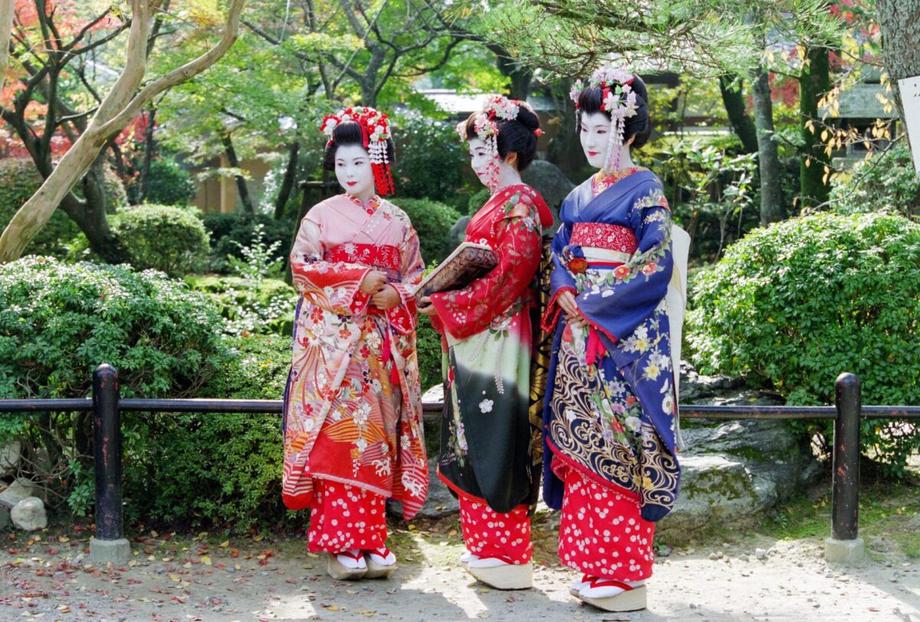
In summary:
- Japanese Americans lost freedom and property due to wartime suspicion.
- Internment camps restricted daily life and imposed harsh living conditions.
- Unlike Nazi camps, there was no systematic extermination or slave labor.
- Government later acknowledged wrongdoing and offered reparations.
What Was Life Really Like for Japanese Americans in U.S. Internment Camps During World War II?
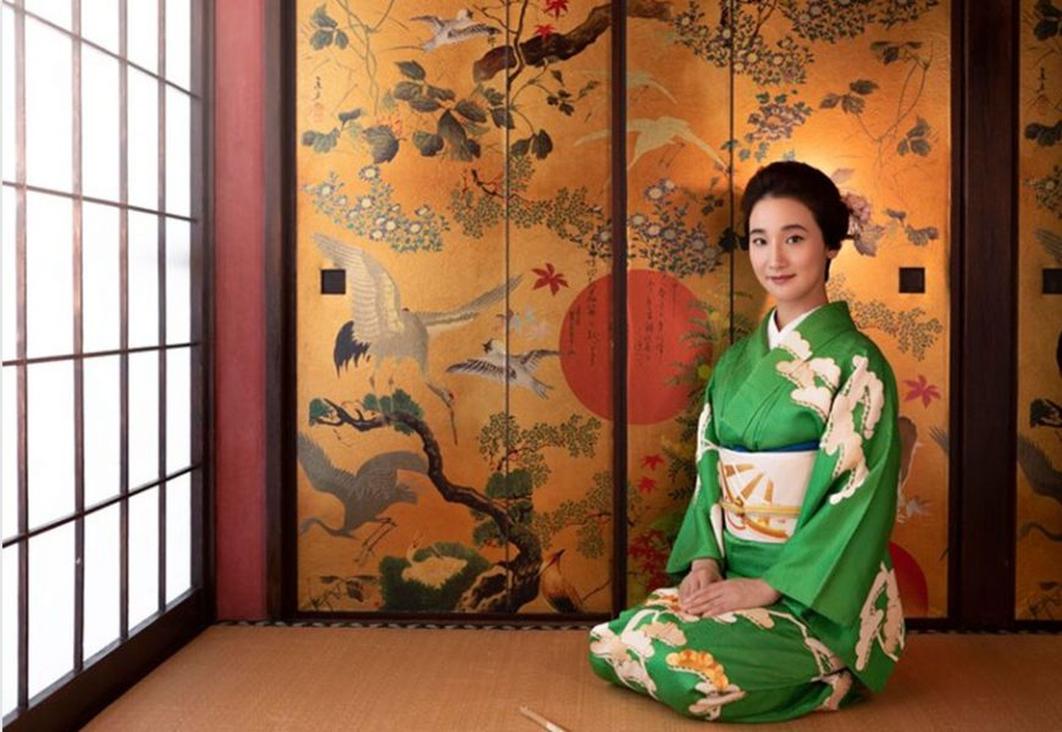
Life for Japanese Americans in U.S. internment camps during World War II was harsh, unfair, and marked by a grave loss of freedom and property. Yet, it was also fundamentally different from the horrors of Nazi concentration camps, a comparison often misunderstood or misused. So, what does the real story look like? Let’s unpack this complex chapter of American history with facts and insights.
Setting the Record Straight: Internment vs. Nazi Camps

First thing’s first: Unlike what many imagine, Japanese American internment camps were not death camps. The comparison to Nazi concentration camps is often made quickly but it’s factually wrong—and, frankly, disrespectful to survivors of both experiences.
The key difference lies in scale and purpose. Nazi camps operated with the intent of mass extermination and forced slave labor. During World War II, Nazi Germany killed at least 7 million people in these camps. By contrast, the U.S. government forcibly relocated around 120,000 Japanese Americans, mainly on the West Coast, but with no intent of extermination. This number is a tiny fraction, about 1%, of those enslaved or killed in Nazi camps.
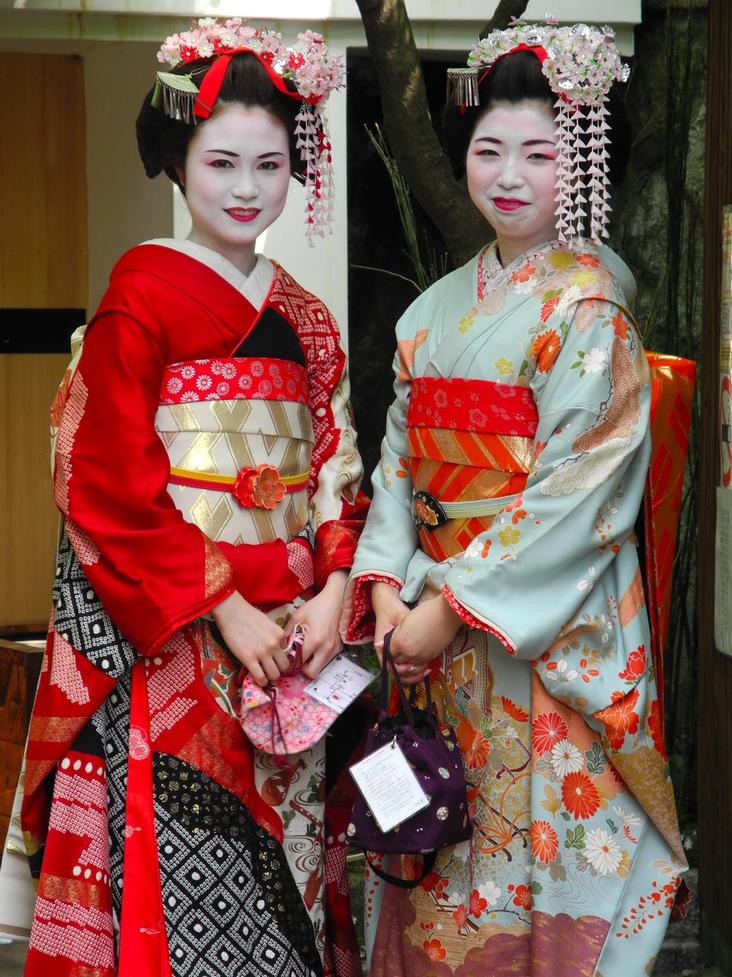
These U.S. camps were not designed to kill but to imprison. Mortality rates were drastically different, making the experiences distinct even while both involved serious injustice. It’s crucial to maintain that perspective to respect the true nature of each tragedy.
Losing Freedom: What It Felt Like Inside the Camps
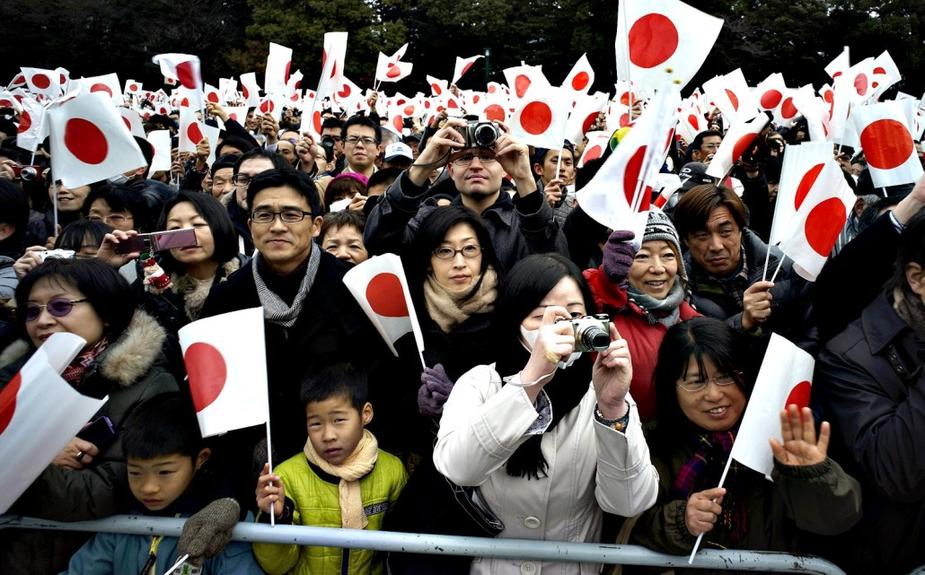
Imagine suddenly losing your freedom of movement. That’s what Japanese American internees experienced practically overnight. Families were ordered to pack up their homes—often selling their belongings for a fraction of their value—and were shipped off to camps surrounded by barbed wire and armed guards.
Many museums and historical exhibits stress that, regardless of how some tried to sugarcoat it later, these camps were prisons plain and simple. People could not leave. Their liberty was stripped away. The psychological toll was heavy—pride, independence, and a sense of normal life were taken.
Did internees just sit around feeling sorry for themselves? Not entirely. Communities within the camps formed schools, churches, and newspapers. Yet, the constant shadow of confinement never disappeared.
The Theft of Property and Legacy Impact
One of the lasting wounds from internment is the loss of property and livelihoods. Many Japanese American families owned homes, farms, and businesses before they were forced into camps. They were often forced to sell under duress or abandon their possessions, losing generational wealth in the process.
Could people simply reclaim their property after release? Sadly, not often. Many found their assets vandalized or seized. This economic injustice compounded the trauma and set back families for decades.
As one survivor once said, “They didn’t just lock us up; they ripped out the roots of our lives.” Property loss is a less visual but equally profound cruelty of internment.
Survival, Resistance, and Human Spirit
Despite harsh conditions, internees showed remarkable resilience. Schools were organized, Japanese language and culture were preserved, and even sports leagues thrived inside camp walls.
Some resisted the injustice head-on. The famous legal case of Korematsu v. United States challenged the government’s actions, though the Supreme Court ruled against him at the time. Years later, this ruling is widely condemned.
This mix of endurance and defiance shaped the Japanese American identity and civil rights movement in the post-war era.
So, What Can We Learn?
- Comparisons matter: Recognizing the unique nature of the internment camps avoids minimizing any victim’s experience.
- The injustice was real: Forced imprisonment, loss of freedom, and property theft were undeniable violations of rights.
- Human spirit shines: Even in confinement, people adapt, build community, and resist injustice.
- History’s lessons endure: These stories remind us to guard civil liberties, especially in times of fear.
Have you ever thought about how you’d cope if your government forcibly uprooted your life with no trial? It’s tempting to think you’d hold out, but reading first-hand accounts reveals a complex emotional landscape—fear, confusion, pride, and hope.
Final Thoughts: Honoring the Truth with Respect
When discussing Japanese American internment, it’s crucial to approach with nuance and respect. The camps were unquestionably a dark stain on American history—one of racial prejudice and broken constitutional promises. But they were not death camps. This distinction matters for historical accuracy.
For those seeking to understand fully, visiting museums like the Japanese American National Museum or the Manzanar National Historic Site offers a window into the daily realities of internment. These sites honor the memories and resilience of those who endured this chapter.
In closing, the story of Japanese Americans in internment camps teaches us about injustice, resilience, and the enduring fight for civil rights. It challenges us to ask: How do we prevent fear from trumping democracy? How do we remember the past without distorting it? These questions remain as relevant today as they were then.
